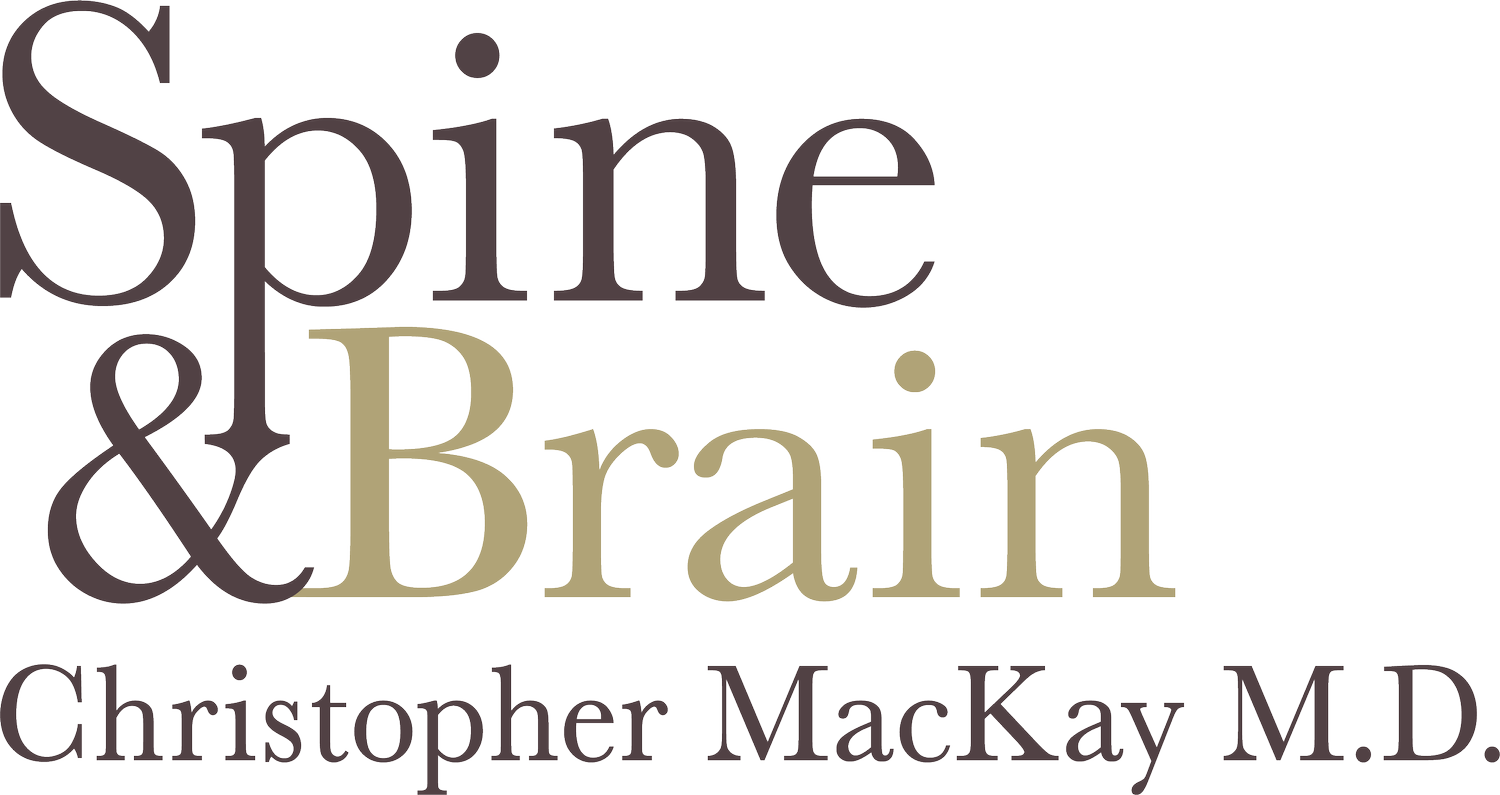Neurosurgery And Physical Therapy: Holistic Spine Care
Spine conditions often impact every aspect of life, from mobility and daily functioning to overall quality of life. Traditionally, treatment approaches for spine issues have been either surgical or non-surgical. Still, recent advances in medical practice highlight the benefits of combining neurosurgery and physical therapy to provide comprehensive care. This holistic model addresses the immediate physical symptoms and focuses on long-term recovery, ensuring patients regain optimal function and mobility.
The Role of Neurosurgery and Physical Therapy in Spine Care
Neurosurgery is often the go-to option when conservative treatments are ineffective or when spine conditions involve severe complications such as spinal cord compression, herniated discs, or fractures. Neurosurgeons like Dr. Christopher MacKay, specialize in surgically addressing these complex issues, using techniques such as minimally invasive, image-guided surgery. These procedures offer precise intervention with less trauma to surrounding tissues, promoting quicker recovery and reducing the risk of complications. Surgical solutions can address structural issues in the spine, decompress nerves, and stabilize the vertebrae.
However, while neurosurgery is essential to spine care, it’s not always necessary. This is where physical therapy plays a crucial role. Physical therapy is highly effective for managing many spine conditions conservatively. Through therapeutic exercises, manual therapy, and posture correction, physical therapists help alleviate pain, improve mobility, and strengthen the muscles that support the spine. For many patients, physical therapy can resolve spine issues without surgery. When surgery is unavoidable, physical therapy is invaluable before and after the procedure, enhancing recovery outcomes.
Integrating Physical Therapy and Neurosurgery for Optimal Care
Recent medical research supports the integration of neurosurgery and physical therapy for spine care. Studies show that patients who undergo physical therapy before and after surgery experience faster recovery, reduced pain, and improved overall function (Morrissey et al., 2021). Engaging in preoperative physical therapy, often called "prehabilitation," prepares patients for surgery by optimizing their strength and mobility, which helps shorten recovery time.
Additionally, patients participating in physical therapy postoperatively benefit from guided rehabilitation that focuses on restoring function, flexibility, and strength. This structured approach helps prevent long-term complications, such as scar tissue formation and muscle imbalances, which can impair recovery. The collaborative care model between neurosurgeons and physical therapists ensures that every aspect of the patient's condition is addressed, reducing the fragmentation that often occurs in traditional spine care.
The benefits of this integrative approach go beyond surgery. Conservative treatment methods like physical therapy often prevent unnecessary surgeries. For example, conditions like lower back pain or degenerative disc disease can be effectively managed through non-surgical interventions, avoiding the risks and costs associated with surgery. Physical therapy improves spine health and equips patients with the knowledge and tools to maintain their spine's health long-term. This helps patients take an active role in their recovery, leading to more sustainable outcomes.
A Holistic, Patient-Centered Approach
The focus on the patient's overall well-being makes integrating neurosurgery and physical therapy particularly effective. By blending these disciplines, spine care is no longer just about fixing a single issue—it becomes about addressing the body as a whole, considering the patient’s unique needs, lifestyle, and goals.
This holistic approach is precious for patients with chronic spine conditions. While surgery can resolve some physical issues, ongoing care in physical therapy ensures that patients maintain their mobility, strength, and functional abilities long after surgery. As a result, patients experience relief from pain and marked improvement in their overall quality of life.
Unsure What Treatment Option You Need?
In the ever-evolving field of spine care, combining neurosurgical expertise with physical therapy is a proven method for optimizing patient outcomes. Whether a patient requires surgical intervention or conservative care, the integration of these fields ensures a comprehensive treatment plan that promotes lasting recovery.
If you are experiencing back or neck pain and are unsure about your treatment options, consider working with Dr. Christopher MacKay. With his unique expertise in both neurosurgery and physical therapy, Dr. MacKay is committed to providing personalized, patient-centered care that prioritizes your overall spine health. Schedule a spine assessment and explore the best treatment options for your condition.
References:
Bredow, J., Boese, C. K., Vorster, A., Ullrich, B., & Eysel, P. (2016). The effectiveness of physiotherapy after lumbar disc herniation surgery: A systematic review and meta-analysis of randomized controlled trials. Clinical Rehabilitation, 30(6), 537–548. https://doi.org/10.1177/0269215515597546
Foster, N. E., Anema, J. R., Cherkin, D., Chou, R., Cohen, S. P., Gross, D. P., & Turner, J. A. (2018). Prevention and treatment of low back pain: Evidence, challenges, and promising directions. The Lancet, 391(10137), 2368–2383. https://doi.org/10.1016/S0140-6736(18)30489-6
O’Sullivan, P., & Lin, I. (2019). Acute low back pain: Beyond drug therapies. Pain Management Today, 6(1), 8-11. https://doi.org/10.2217/pmt-2019-0017
Chou, R., Deyo, R., Friedly, J., Skelly, A., Hashimoto, R., Weimer, M., & Fu, R. (2017). Nonoperative treatments for low back pain: A systematic review for an American College of Physicians clinical practice guideline. Annals of Internal Medicine, 166(7), 493–505. https://doi.org/10.7326/M16-2459
